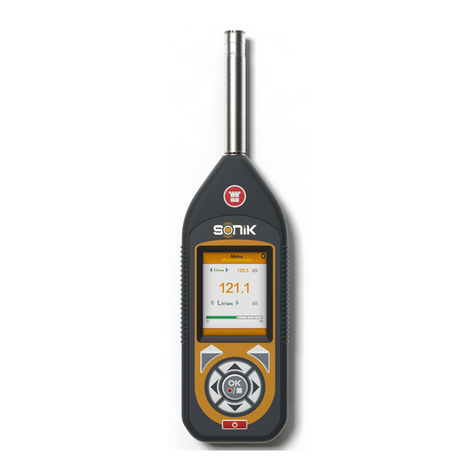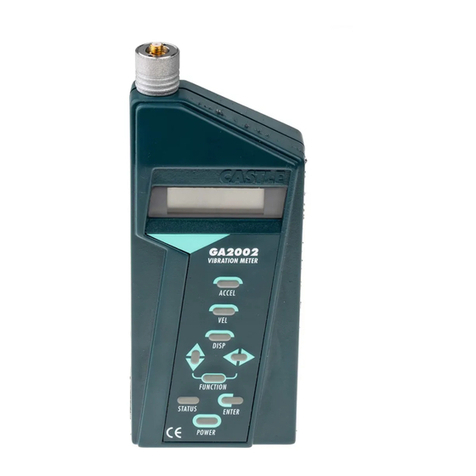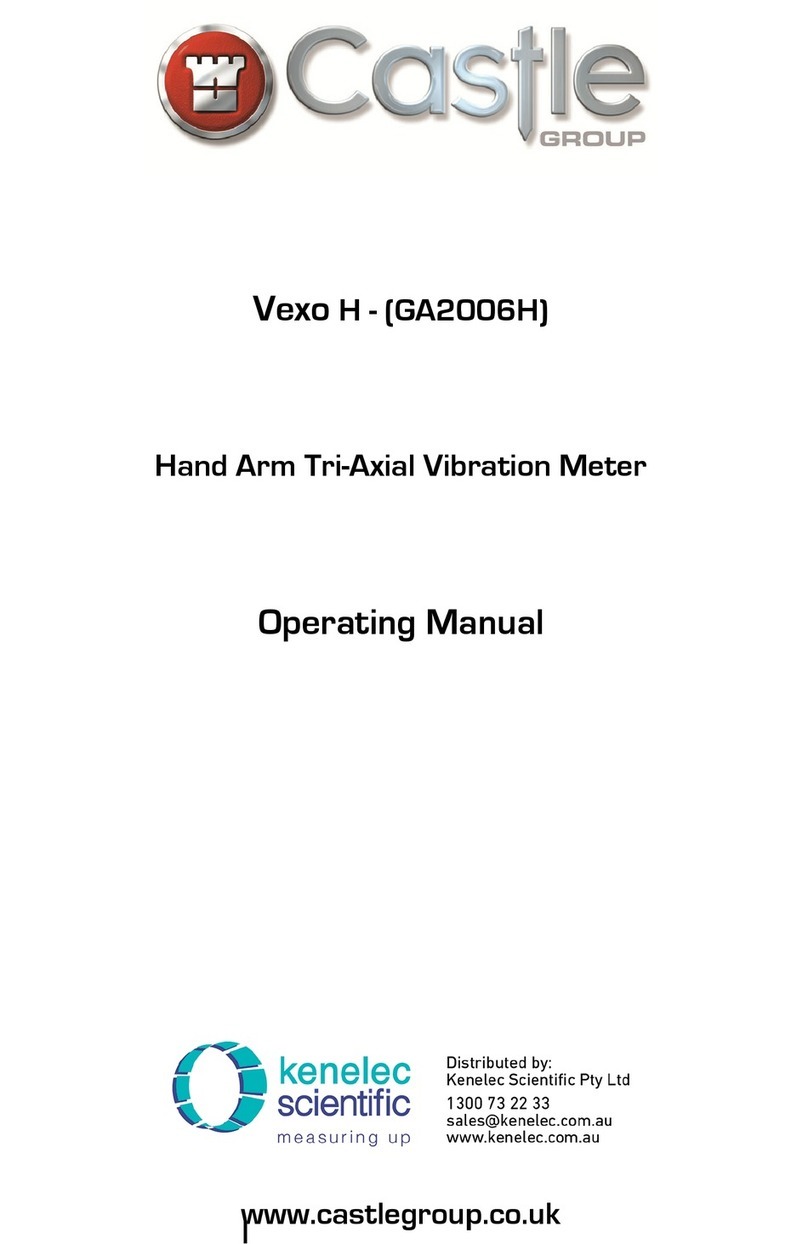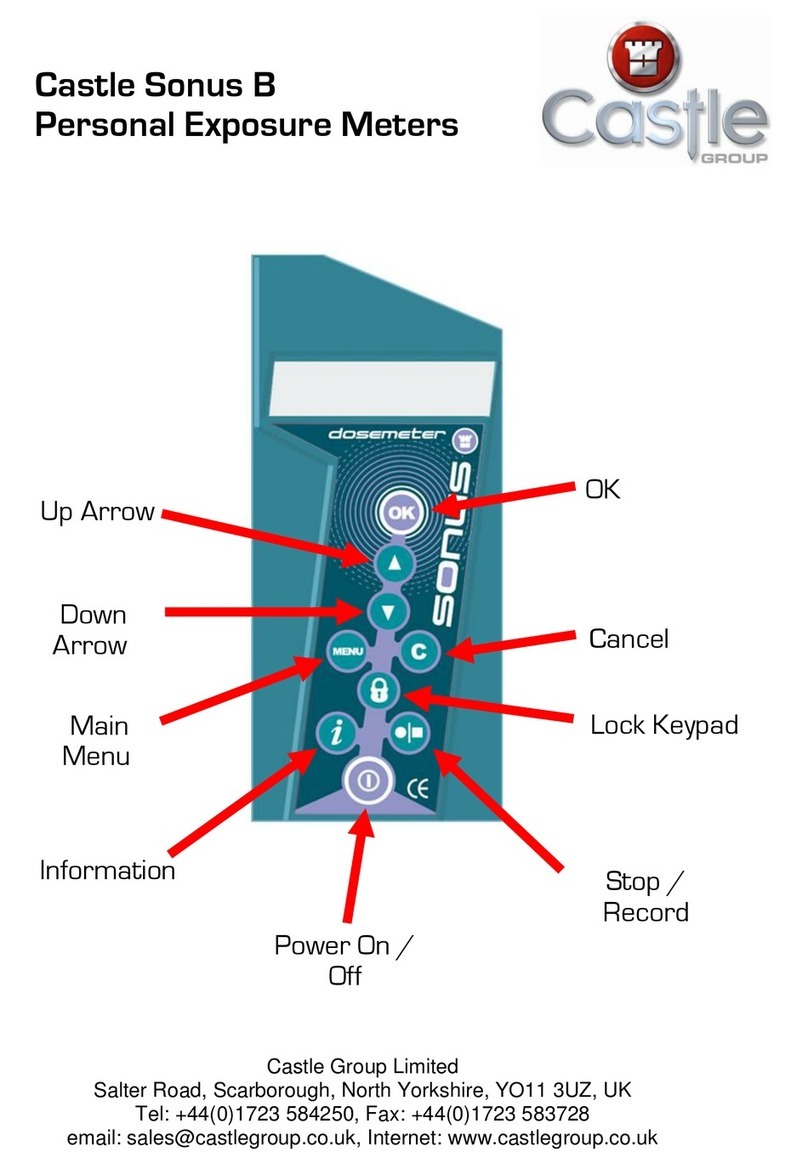Software ................................................................................................................................ 26
VibdataPro ............................................................................................................................................... 26
Chapter 8 ...............................................................27
Menu Structure .................................................................................................................. 27
Menu Navigation & Settings .......................................................................................... 28
File Manager ........................................................................................................................................... 29
Load File ........................................................................................................................................... 30
Filter Selection .................................................................................................................... 30
Delete File........................................................................................................................................ 31
Delete All Files ............................................................................................................................... 32
Auto Playback ................................................................................................................................ 33
Auto File Naming.......................................................................................................................... 33
Hand Arm and Whole Body Setup................................................................................................ 34
Range ................................................................................................................................................ 34
Results Selection.......................................................................................................................... 35
Data Recording............................................................................................................................. 35
Time History On - Disabled ............................................................................................ 36
Interval.................................................................................................................................... 36
Timer Setup.......................................................................................................................... 37
Exposure Values........................................................................................................................... 38
Hand Arm Values .............................................................................................................. 38
Whole Body Values........................................................................................................... 38
Channel Setup ............................................................................................................................... 39
Axis........................................................................................................................................... 39
Scaling .................................................................................................................................... 39
Calibration....................................................................................................................................... 40
External Calibrator ............................................................................................................ 41
Manual Input........................................................................................................................ 41
Calibrator Level................................................................................................................... 42
General Settings.................................................................................................................................... 43
Units................................................................................................................................................... 43

































